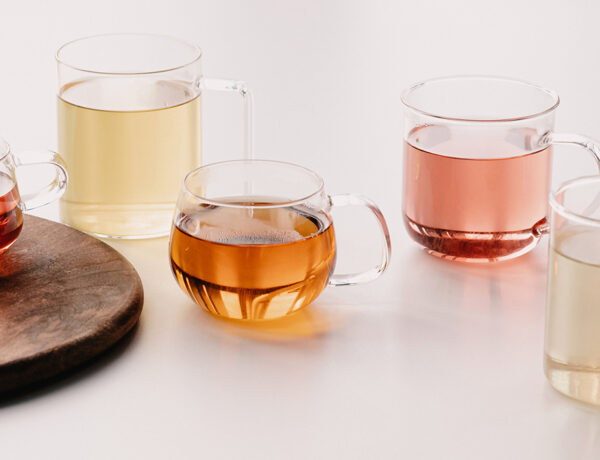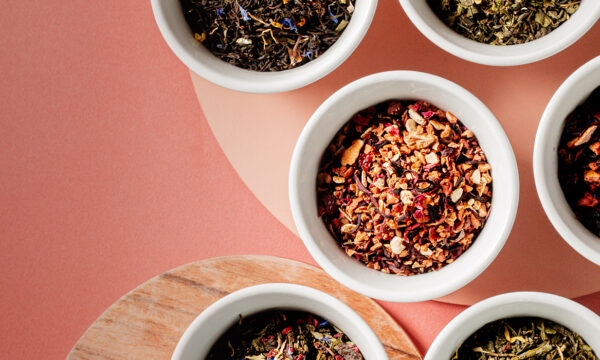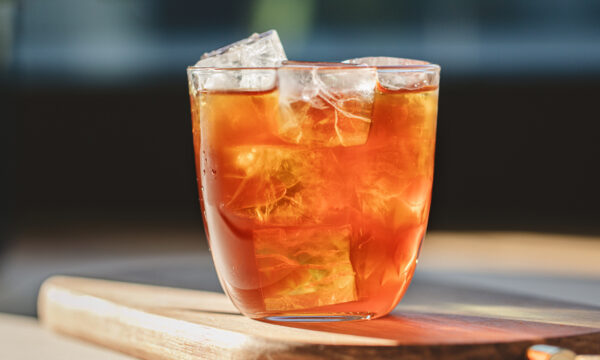
- Home
- Green tea from Japan: healthy and tasty
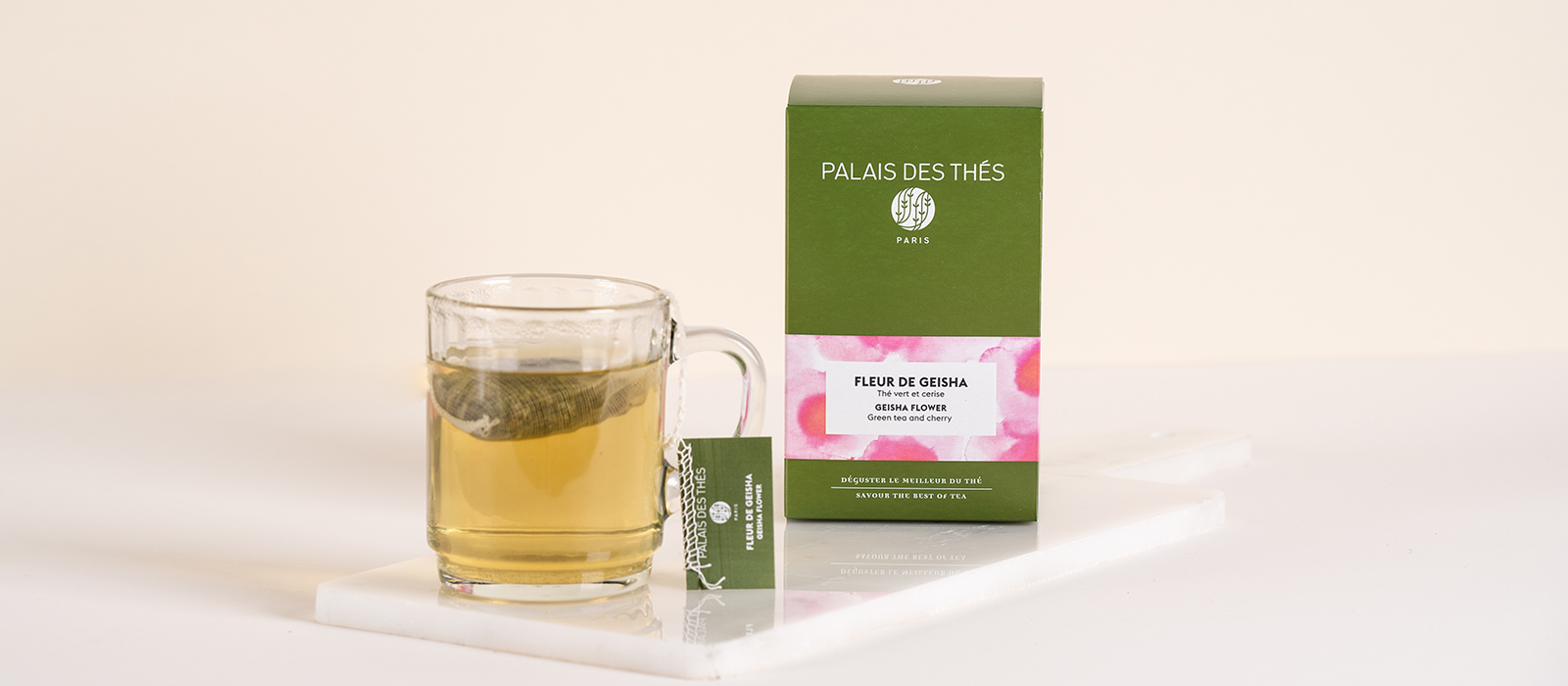
Green tea from Japan: healthy and tasty
Written by Julie
Reading time 4 minJapan is the 7th largest tea producing country in the world. However, tea is not native to Japan: tea plants were first imported from China in the VIII century. These days, the Land of the Rising Sun produces almost exclusively green tea. It is harvested three or four times a year, starting with a first collection between late-March and mid-May (the harvest that produces the most refined tea leaves). There are seven main varieties of tea in Japan. Sencha is the most widely found type, accounting for 78% of all tea produced in the country. However, there are actually countless types of green tea from Japan, each produced using their own unique growing, harvesting and manufacturing techniques. This makes browsing the options and making your choice a somewhat bewildering task. In this article, we’ll learn all about these celebrated teas and look at the best known varieties and their fantastic health benefits.
Green tea from Japan and life expectancy
The health benefits associated with green tea are widely known (if you’re interested in finding out more, check out Drinking tea and its health benefits). The widespread consumption of green tea in Japan is said to be one of the reasons for the high life expectancy of its population. Indeed, the Japanese drink up to 20 litres of green tea per person per year. What’s more, there are various other positive effects to be had from drinking this healthy tea:
- anti-ageing
- weight loss
- stronger immune system
However, you should always be careful to avoid consuming more than two or three 30 cl cups per day! Green tea contains theine, which is the same molecule as caffeine and can cause certain unwanted side effects (including insomnia). We are also not advised to drink green tea after 4pm.
Cultivation and varieties
There are as many individual varieties of green tea in Japan as there are different ways of growing, harvesting and manufacturing it. However, some varieties are better known than others.
Green tea cultivation in Japan
Green tea is grown in both the North and South of the country. However, roughly 40% of the national tea farms are concentrated in the area around Shizuoka (south of Mount Fuji). A unique shading method has been developed in Japan. Designed to protect tea bushes from frost and hail, this technique also shields the tea leaves from the ashes in the air around Mount Fuji. Traditionally, the shading effect was achieved using mats made from rice straw. However, those mats have since been replaced by artificial screens. The shading has an impact on the taste of the tea leaves: less exposed to the sun, the tea plants develop more theine and less catechin.* The result is a less astringent taste that is richer in umami.** Last but not least, the green tea harvest in Japan is the most automated tea harvest in the world. Thanks to the even spacing of the plants and the availability of sophisticated machinery, about 90% of the harvest is done mechanically. These healthy tea leaves are then processed locally, either mechanically or – for higher quality teas – manually.
The main varieties
As mentioned above, there are numerous different varieties. Here are the main ones:
- Sencha: the most famous of them all! This healthy tea, which is steamed and rolled mechanically, is the perfect initiation to the green tea of Japan. With crisp, iodised notes and a slightly astringent finish, its flavour hints at green vegetables
- Gyokuru: this high quality green tea offers a fine, delicate drink with a faintly amber hue. It offers a smooth, iodised flavour free from astringency
- Bencha: full-bodied and lightly iodised, this is the strongest tasting green tea from Japan
- Genmaicha: this variety involves adding puffed rice green tea to a base of either Sencha or Bencha to produce a sweeter, more caramelised flavour.
- Hojicha: this green tea is roasted at 200°C, resulting in a woody taste that is low in astringency.
- Kukicha: predominantly made up of stalks, this healthy tea has a fresh, tangy and moderately astringent flavour.
- Matcha: this premium quality tea comes in the form of a very fine powder and offers iodised notes with a distinctively astringent finish. Ideal for use in cooking or served with milk.
The tea-making ritual
In Japan, green tea is made using a slow and precise ritual. There are several different methods to choose from, depending on the variety of tea and the time of the day. Generally, the water is boiled in a cast iron teapot and left to cool down to about 70°C.
Our basic tips that can be adapted to all varieties
Water temperature: 70–80°C (no hotter) in order to avoid bitterness. Brewing time: 2 minutes for a mild green tea. Allow for roughly 2 grams of tea per cup.
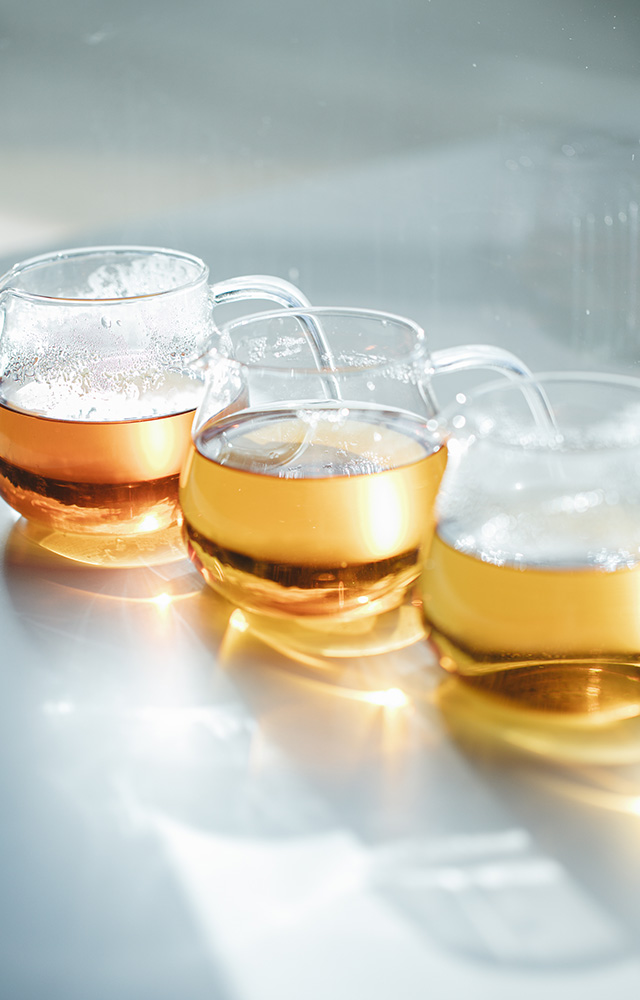
Visit the MaxiCoffee to discover our full range of green tea from Japan. But before you go, feel free to leave a comment below to tell me about your own preferences and favourite preparations. And on that note, I’m off to fix myself a nice matcha latte.
Technical terms:
*Catechin: belonging to the flavonoid family, this molecule contributes to the health benefits offered by polyphenols.
** Umami: meaning “savoury”, this is one of the five basic tastes together with sweetness, saltiness, sourness and bitterness.
Discover all of our articles

